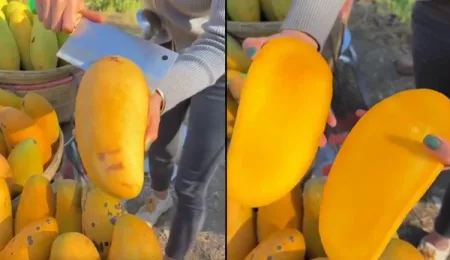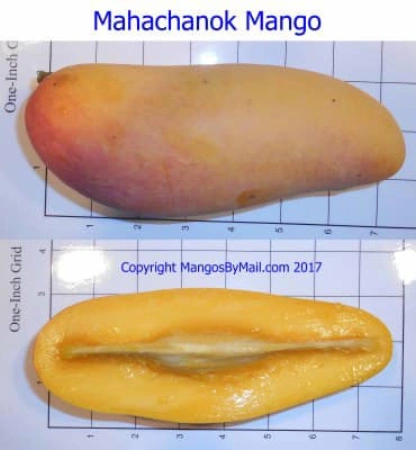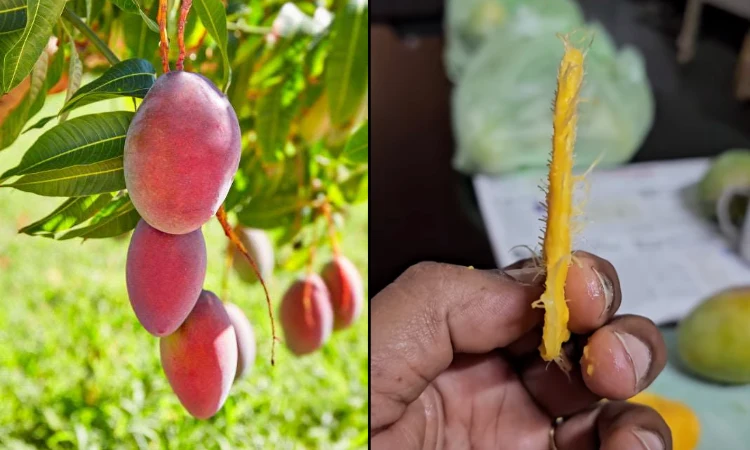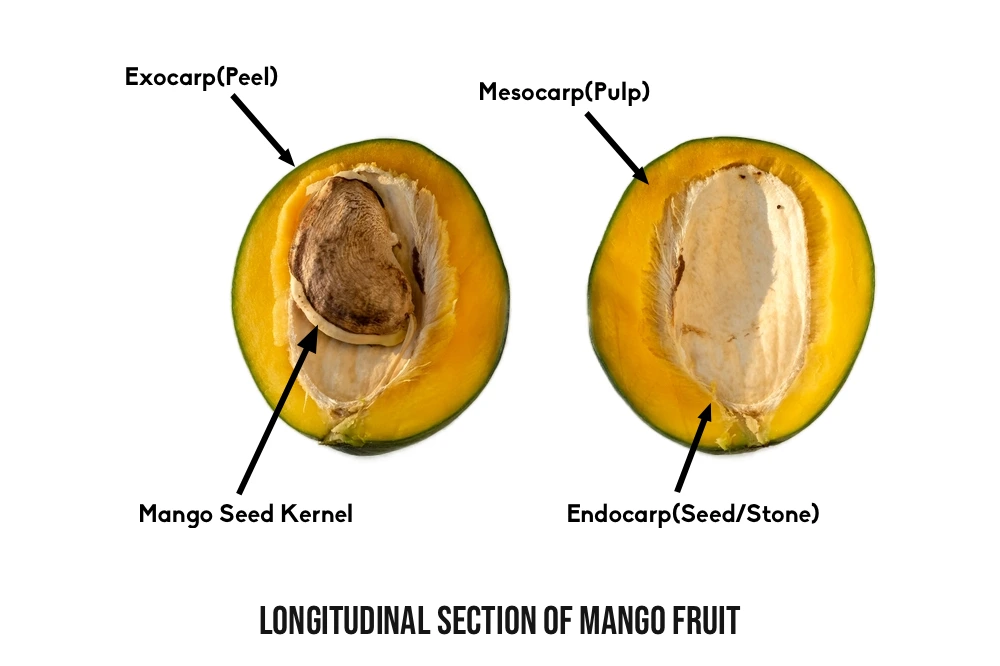Do Seedless Mangoes Really Have No Seeds in Them?

If you believe everything on the Internet, you will be delighted to watch videos demonstrating a person effortlessly slicing a mango without being bumped by the large pits. The one variety that is shared most often is the Mahachanok from Thailand. But are the Mahachanoks or any other variety of seedless mangoes really pit-free?
Seedless mangoes are sterile, meaning they can’t reproduce through seeds.
“Seedless fruits†is the layman’s term for parthenocarpic fruits, meaning fruits that are either seedless or have non-viable seeds that cannot reproduce.
Fruits without seeds are not genetically modified organisms (GMOs). After pollination, fertilization of the ovules converts the ovule into a seed, and the ovary develops into a fruit to protect the seed. However, when a fruit grows without fertilization, the ovule does not convert into a seed, giving us seedless fruits. This process is called “parthenocarpy,” which can be natural or induced.
Seedless mangoes are also a product of parthenocarpy. However, mangoes are drupes. A drupe is a kind of fruit that has its seed enclosed in a hard pit called an “endocarp.” While drupes can be seedless, they can’t be pit-less.
However, our imagination of seedless mangoes is without the pit. Though that’s not a possibility yet, the pits in seedless mangoes are significantly thinner and smaller than regular mangoes, having a higher flesh-to-seed ratio.
The pits are also sterile, meaning they do not contain the embryo and hence cannot germinate and grow into a tree. To reproduce plants without viable seeds, we do grafting, a propagating technique where two or more plants are joined to produce a new plant identical to the parent tree.
The Mahachanoks mango from Thailand is a popular variety of mangoes with a very thin stone.
In this popular video of a seedless mango, the woman effortlessly slices a Mahachanok mango with no pits. However, if you look closely, she is most likely cutting the mango at a mark above the pit so the pit remains hidden under the flesh.

A hybrid of the Sunset and Nang Klanwan, the elongated and curved Mahachanok is primarily grown in Thailand. Though no research or papers suggest Mahachanoks are parthenocarpic or seedless mangoes, they have an exceptionally thin pit and a higher flesh-to-pit ratio than regular varieties.
The first variety of seedless mangoes was developed in 1992 in the state of Maharashtra, India.

Pits are important for fruit reproduction as they protect the seeds until growth time. However, they are undesirable and inconvenient for the ones who eat the fruit.
So people were thrilled when, in 2014, many media outlets reported that researchers at Bihar Agriculture University (BAU) in India had developed the world’s first seedless mango variety, Sindhu.
However, in 1992, Konkan Krishi Vidyapith, an agriculture university in Maharashtra, India, developed another seedless mango variety also called Sindhu.
In 2014, the BAU completed testing the growing of the Sindhu mango in Bihar, a state with a very different soil composition and climate than Maharashtra. The successful trial caused media outlets to misreport the BAU as the creator of the Sindhu.
Sindhu is a parthenocarpic mango resulting from backcrossing between two varieties of mangoes, the hybrid Ratna and the Alphonso. It has a fibreless, deep orange flesh that is described as having a pleasant taste. A medium size fruit of 215 g will have a pit of about 6.72 g, giving a high pulp-to-stone ratio of 26.1.
If you cut open a Sindhu’s endocarp (pit), you will find a small degenerated ovule. Due to a lack of fertilization as demanded by parthenocarpy, the ovule never transformed into a seed. This technically makes the Sindhu a seedless mango, but not how we want it to be. Thin and small, the pit is still there to cause a nuisance.
























